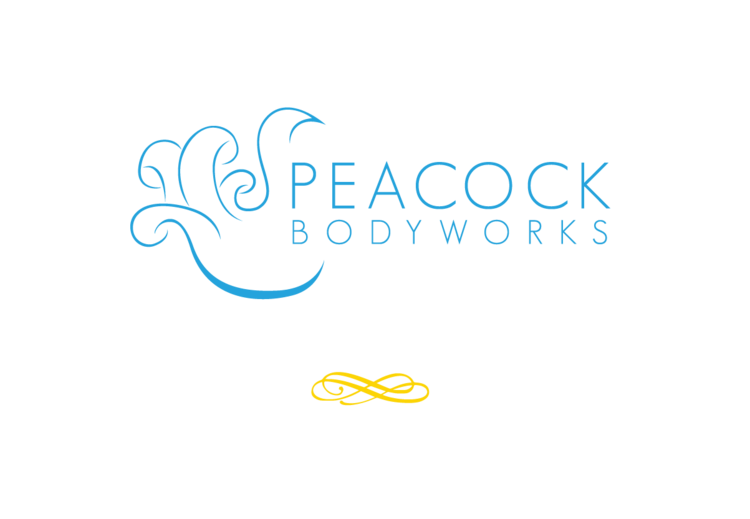I came across the title phrase last night in one of the many baby books I am currently devouring while on lockdown (“On Becoming Babywise” by Robert Bucknam and Gary Ezzo). It was written in the context of balancing the needs of your child/family with those of the people around you. But the simple beauty of the phrase struck me and felt particularly pertinent in the present moment.
We have all seen a lot of pleas to, basically, not be a jerk during the current crisis. Such reminders usually go along with requests not to hoard all the toilet paper and hand sanitizer. But that is a very basic level of decency. We have the potential to do so much more.
The call to “consider the preciousness of others” asks us to find and honor the intrinsic value of every human being. During this time of panic and trepidation, we each have the ability to make choices about our own behavior. We can succumb to fear and allow ourselves to be ruled by our most base and selfish urges or we can choose to rise to the highest calling of our humanity.
Living through this global health crisis, sequestered in out homes, it is easy to feel helpless and spiritually cut off from the world. But to give of oneself is to take back the power that felt lost and to rebuild a sense of oneness with all human kind. It is still possible to adhere to health and safety guidelines while we give of our time, our talent, or our treasure. It is still possible to renounce the voices that call for a callous rejection of our humanity. The present moment requires that we not only see the light in each person we meet, but that we hold that light precious and refuse to let it be dampened.
Take only what you need. Give all that you can. Meet each stranger with the kindness you would show an old friend. Consider the preciousness of others.
Here are a few local charities worthy of your consideration:
Central Texas Food Bank (volunteers and food/monetary donations needed) https://www.centraltexasfoodbank.org/
We Are Blood (blood donations desperately needed) https://weareblood.org/
Meals on Wheels Central Texas (monetary donations needed) https://www.mealsonwheelscentraltexas.org/
Foundation Communities (monetary donations needed) https://foundcom.org/




















